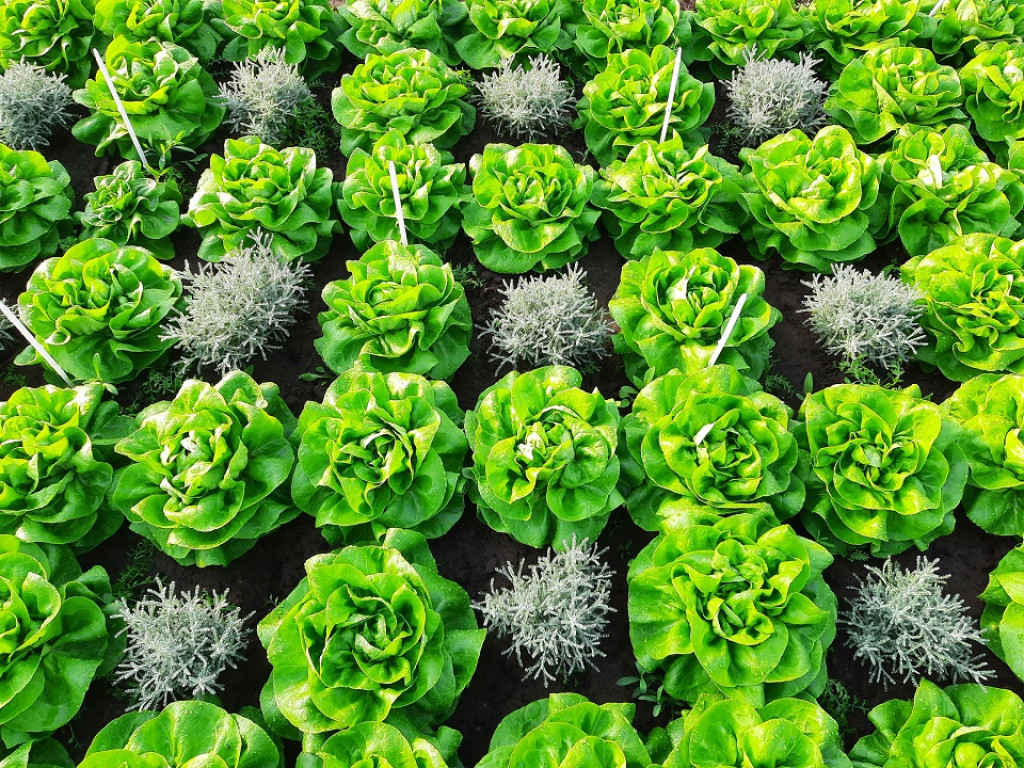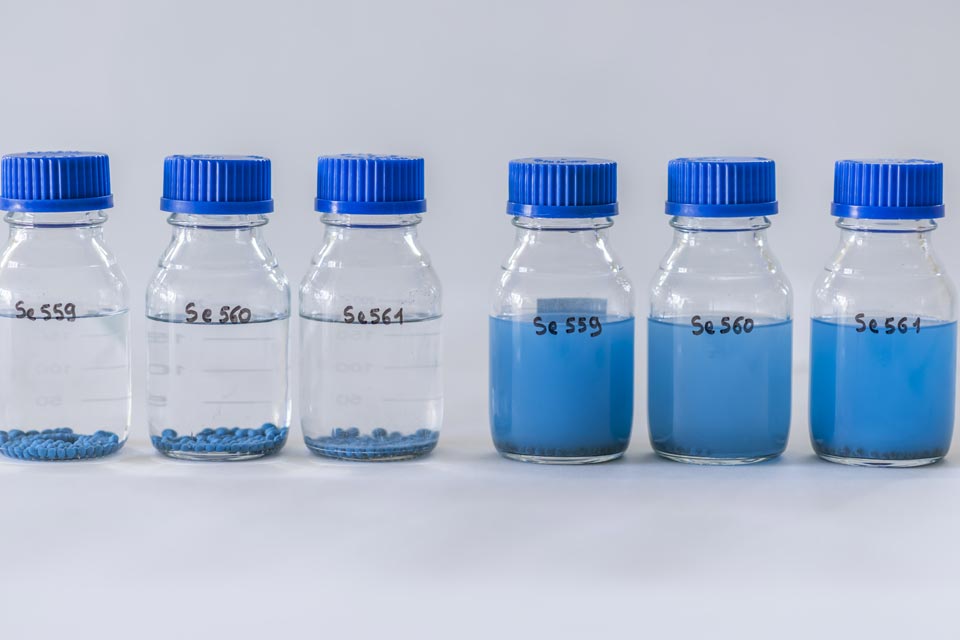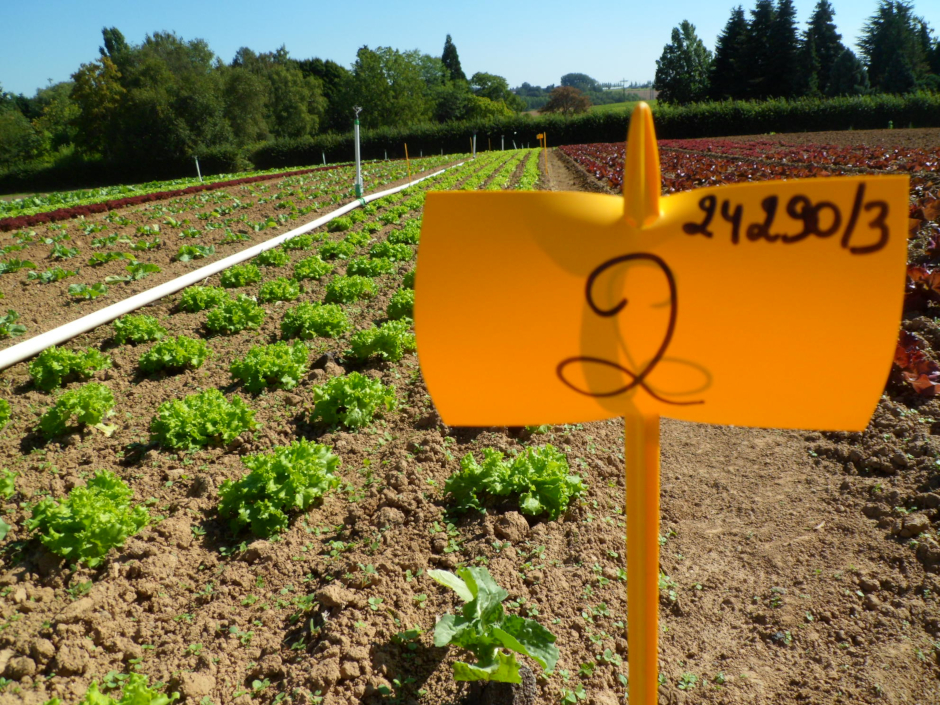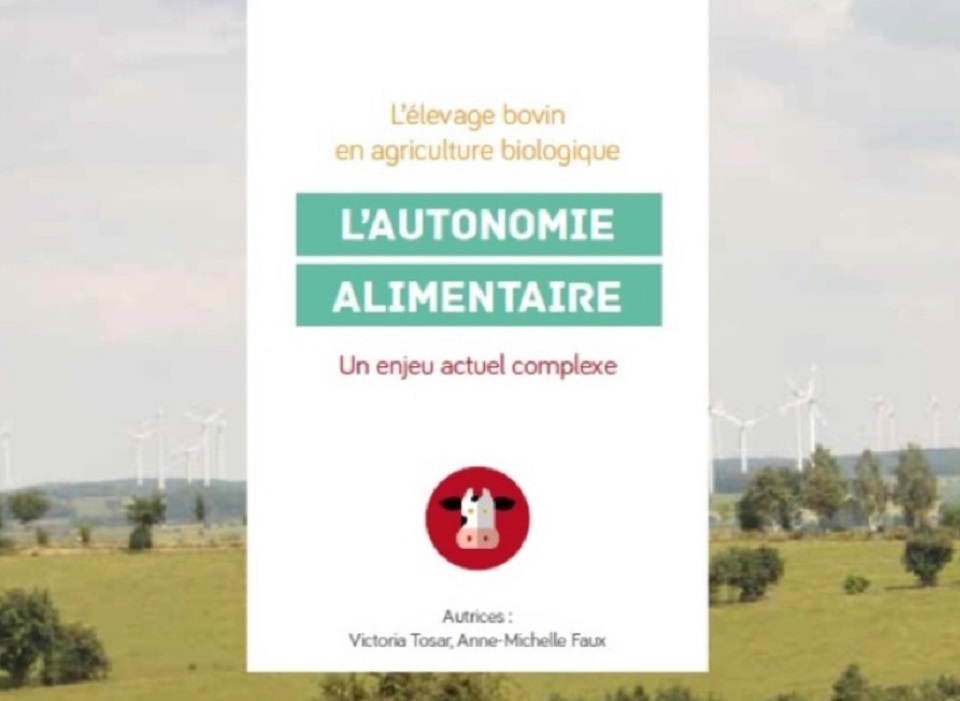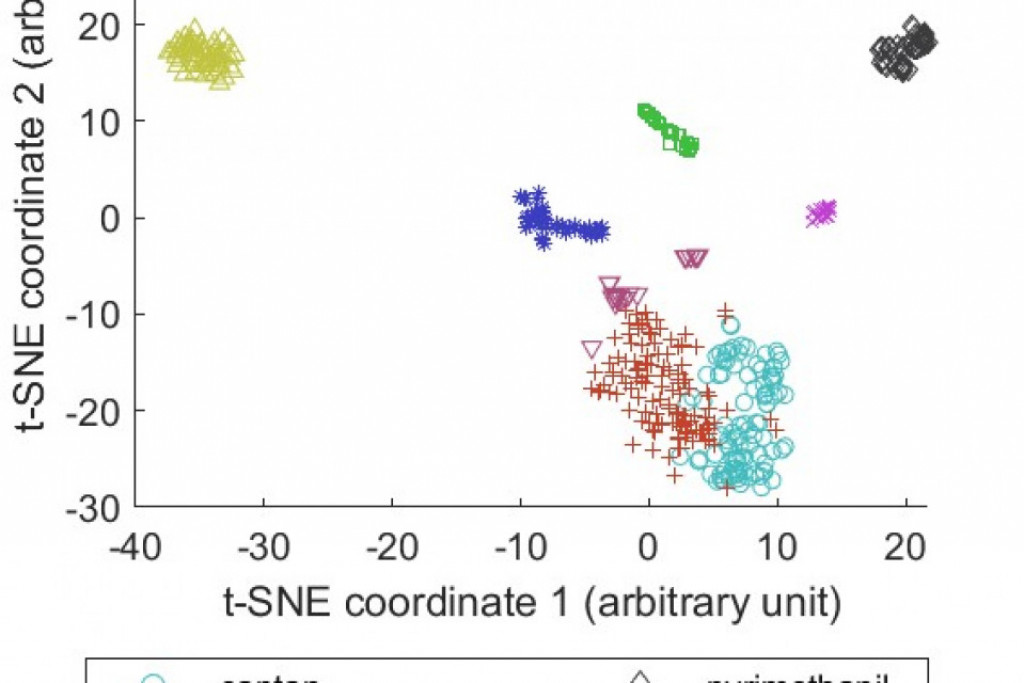Over the past three years, the partners in the Interreg Zero-Ph(f)yto F&L(G) project have been working on looking for and testing alternative methods of controlling insect pests in fruit and vegetable crops. They focused on pesticide-free methods, working on different levers: (1) agronomic practices, (2) grounded knowledge of pests, and (3) non-Plant Protection Product-input protection methods like physical barriers and functional diversity.
The numerous experiments carried out by the partners showed variable results depending on the pest(s) targeted and the crop studied. Some methods led to good results, while others were inconclusive or were just adapted to the scale of amateur production; still others showed encouraging effects, opening up new avenues of research.
In most cases, whatever the crop or pest targeted, it became clear that a single technique is not enough to provide sufficient control. These techniques can, however, help reduce pesticide use, and are sufficiently effective for home gardeners and for non-sprayed agroforestry farming systems . For professional application, such methods need to be integrated into production systems that are already part of an agroecological approach, and where they are used in combination, to take advantage of the complementary nature of each. In this type of approach, growers will be all the more effective if his "toolbox" is diversified.
In order to make the results of these experiments accessible to all, a dozen technical data sheets on different pests and crops were drawn up and released .
During the project, a major effort was also made to develop participatory research in order to gather testimonials and feedback from professionals and amateurs alike. This enabled the partners to create a map on which the testimonials of 14 producers were included. A series of videos featuring testimonials from amateur gardeners has also been produced.
All the project results, map of producers, technical data sheets and numerous documents and videos are available on the project website, as well as on the project's YouTube channel.

